I have a triangle strip in 3D (see illustration). The triangles do not lie in one plane.
I would like to flatten the triangle strip so that all triangles lie in the plane of the first triangle.
The plan is to rotate the second triangle around its connecting edge with the first triangle so that it becomes in plane with the first triangle. Then I continue this method for the other triangles until all of them are in plane.
- I am looking for a fast algorithm to do that.
- Are there other methods to flatten the triangle strip?

